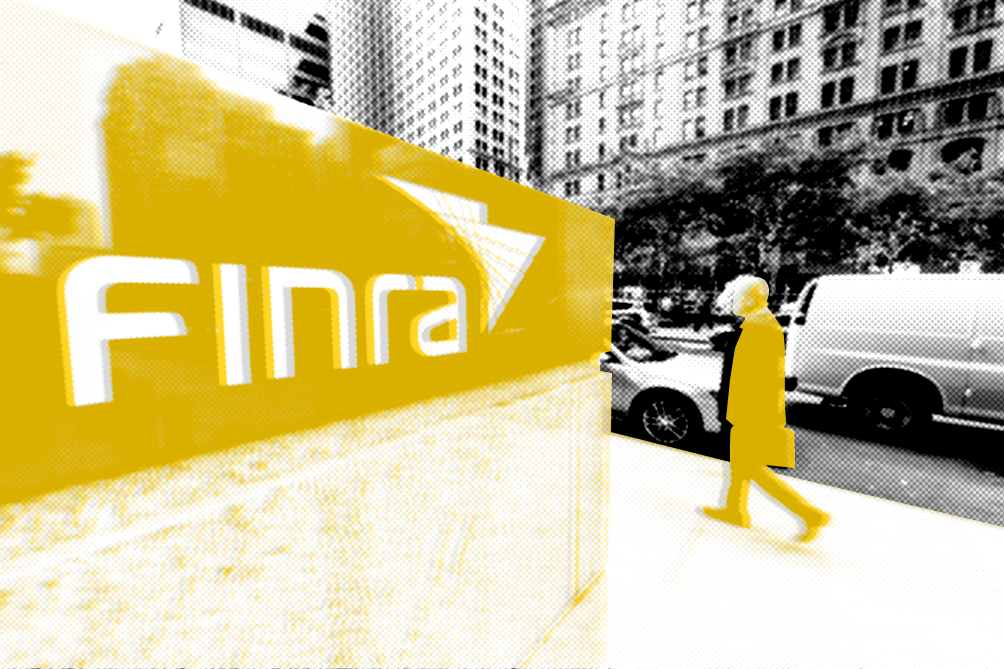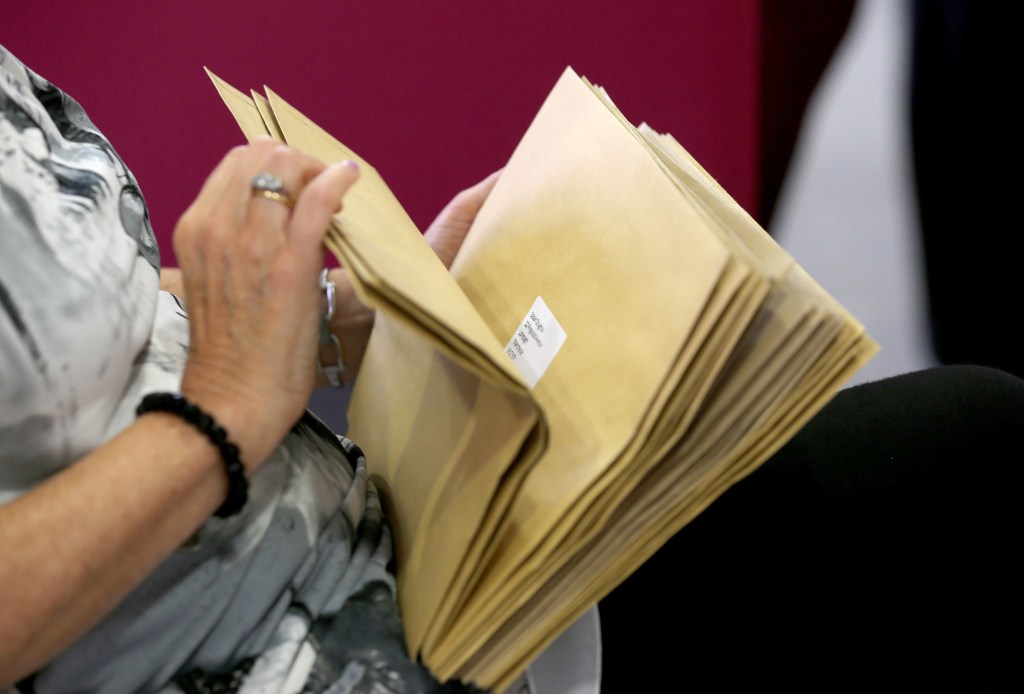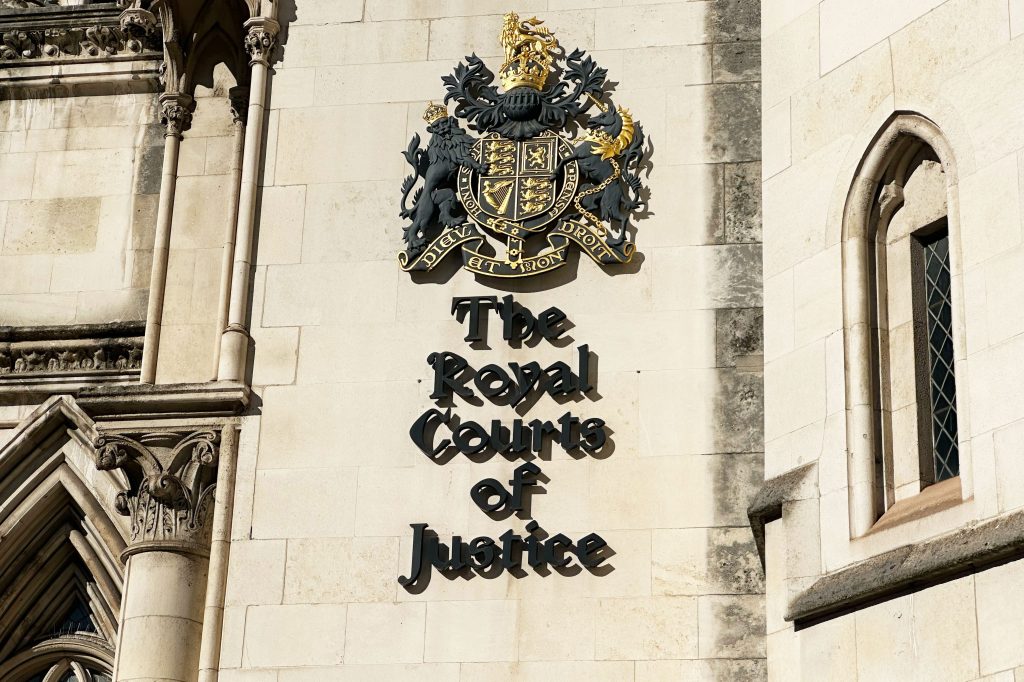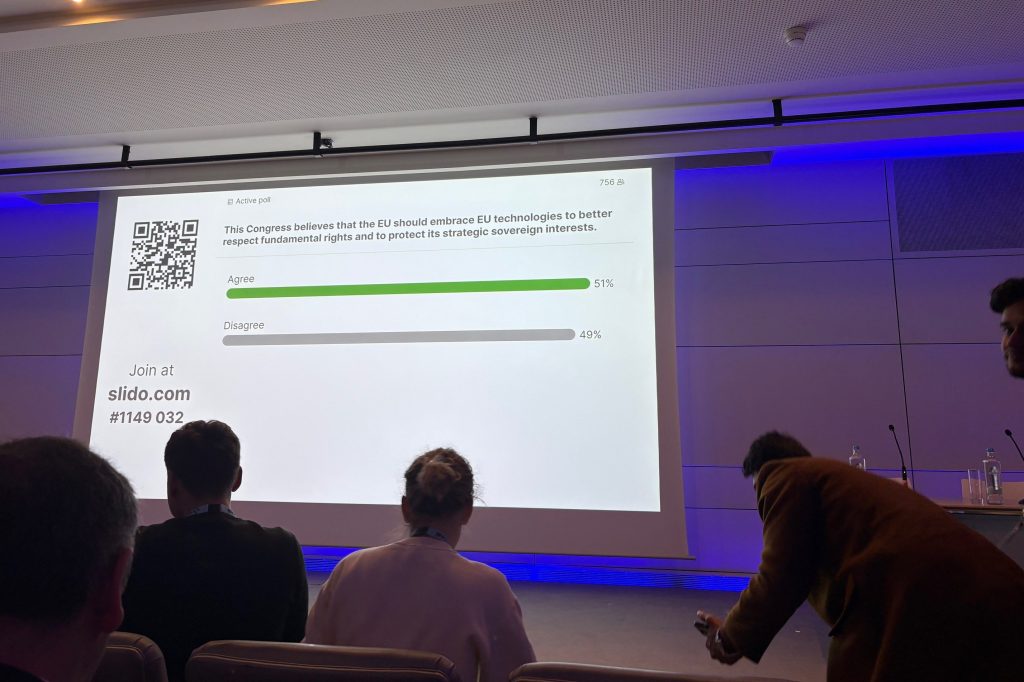As blockchain technologies continue to reshape global finance, US regulators face the ongoing challenge of updating legacy oversight structures to meet the realities of decentralized innovation.
In early 2025, the SEC launched a dedicated Crypto Task Force to help steer this transition. Comprising 14 professionals from across the agency, including notable
This
Register for free to keep reading.
To continue reading this article and unlock full access to GRIP, register now. You’ll enjoy free access to all content until our subscription service launches in early 2026.
- Unlimited access to industry insights
- Stay on top of key rules and regulatory changes with our Rules Navigator
- Ad-free experience with no distractions
- Regular podcasts from trusted external experts
- Fresh compliance and regulatory content every day

















